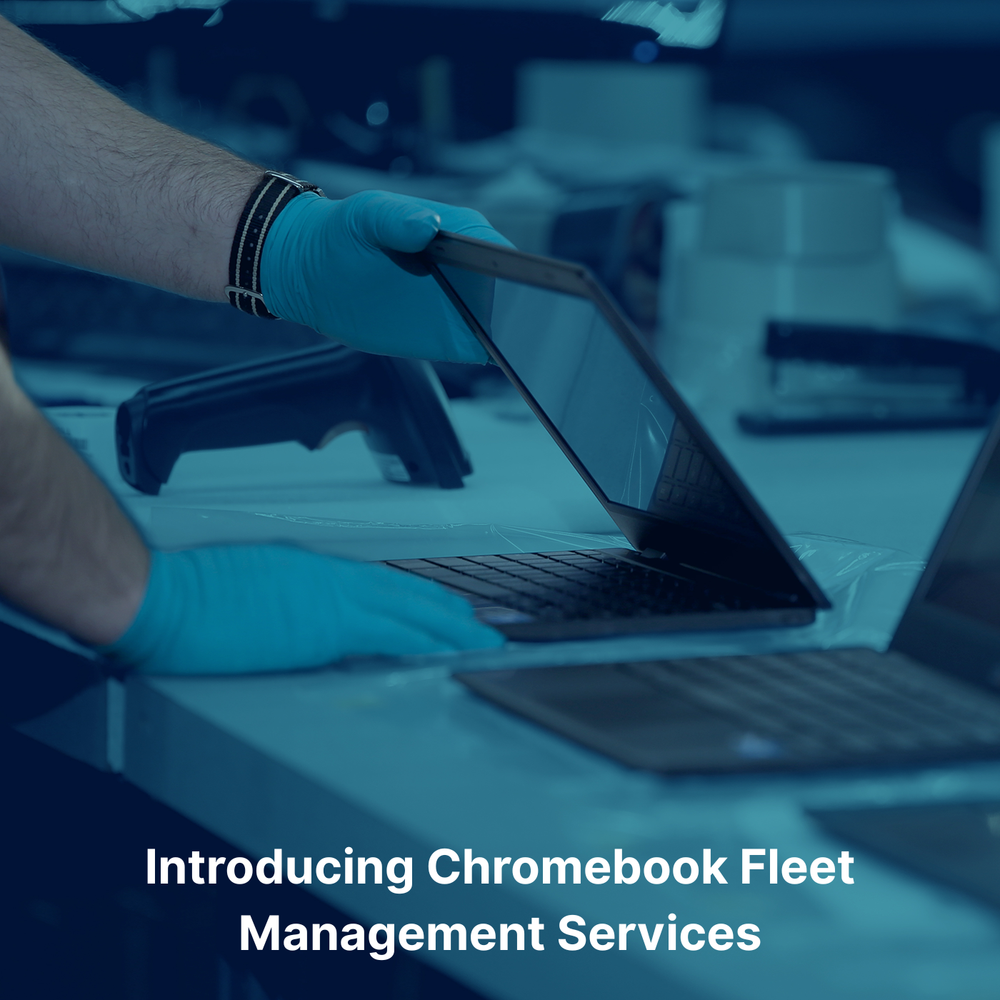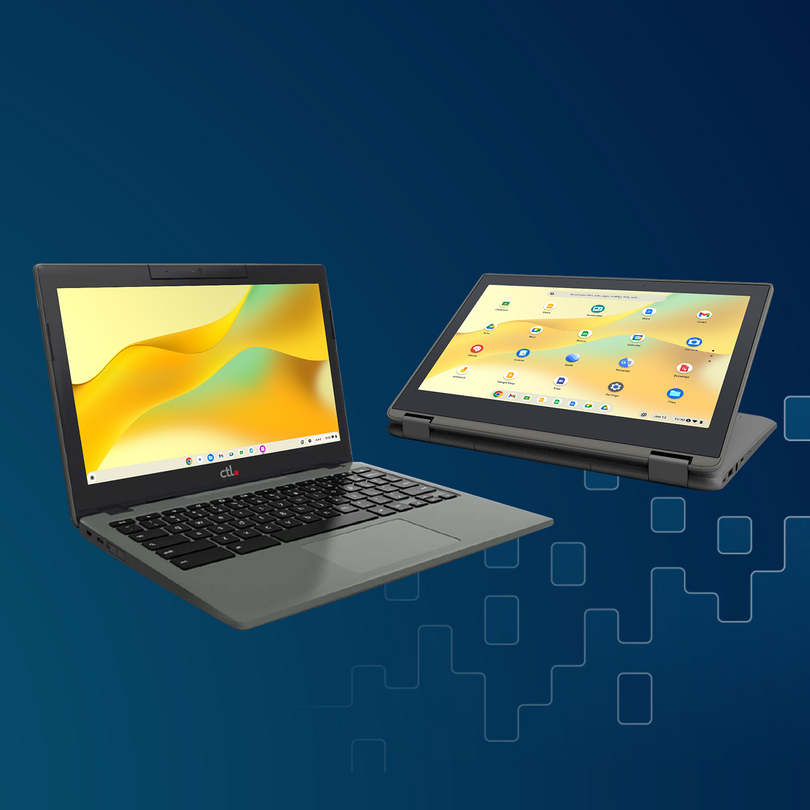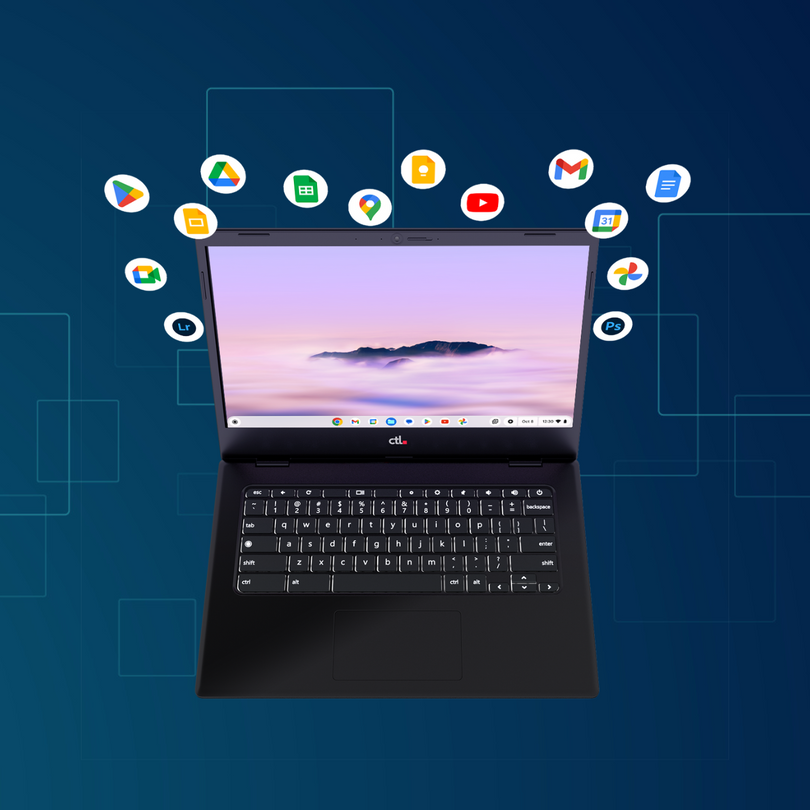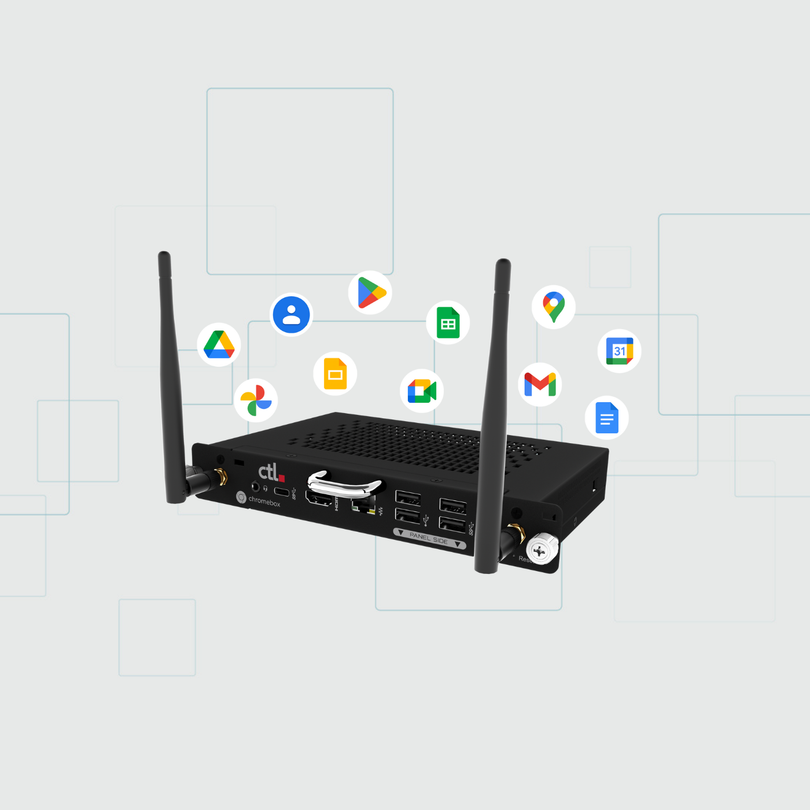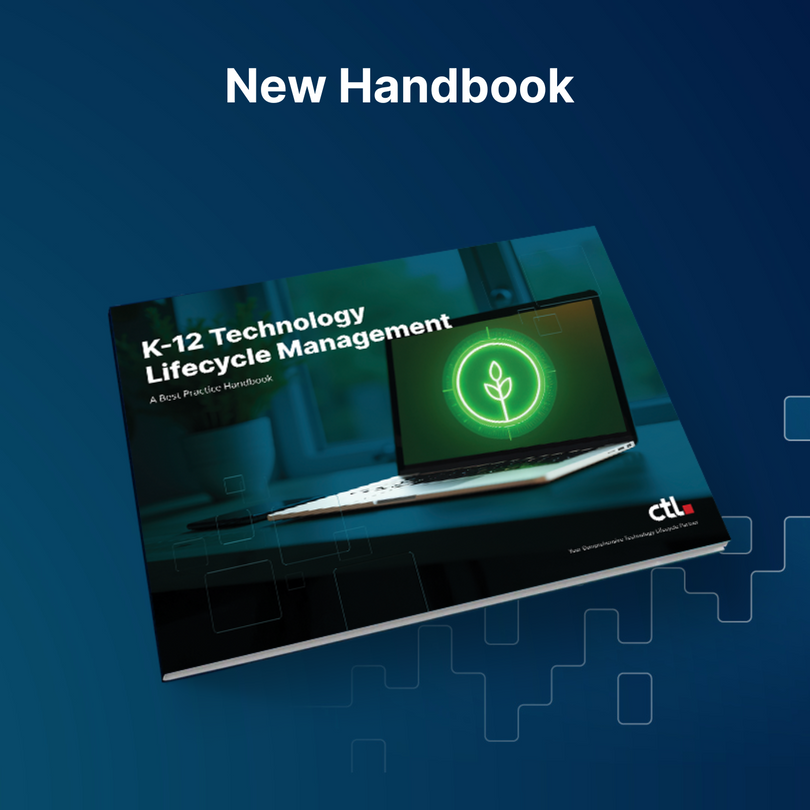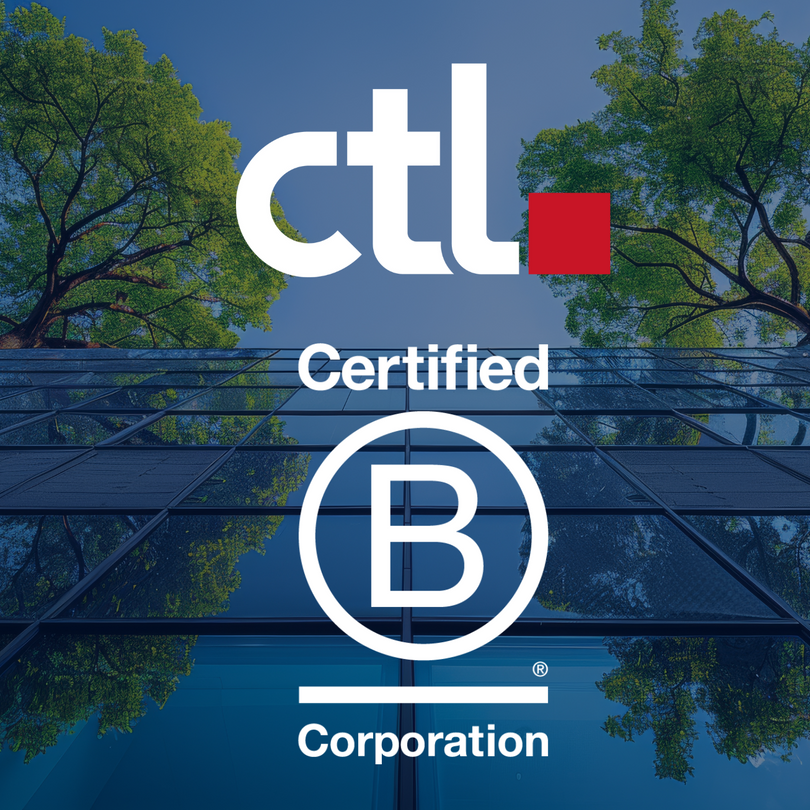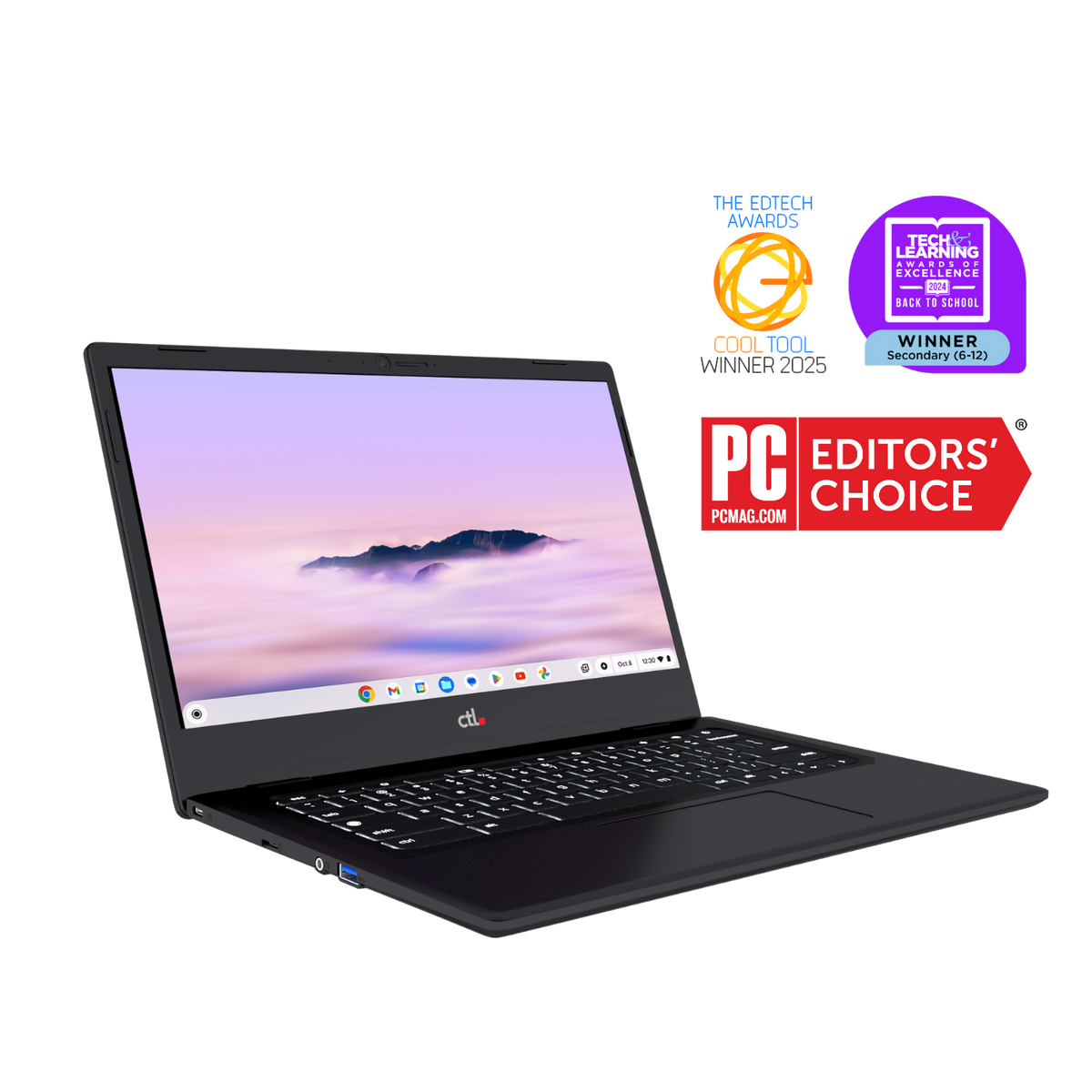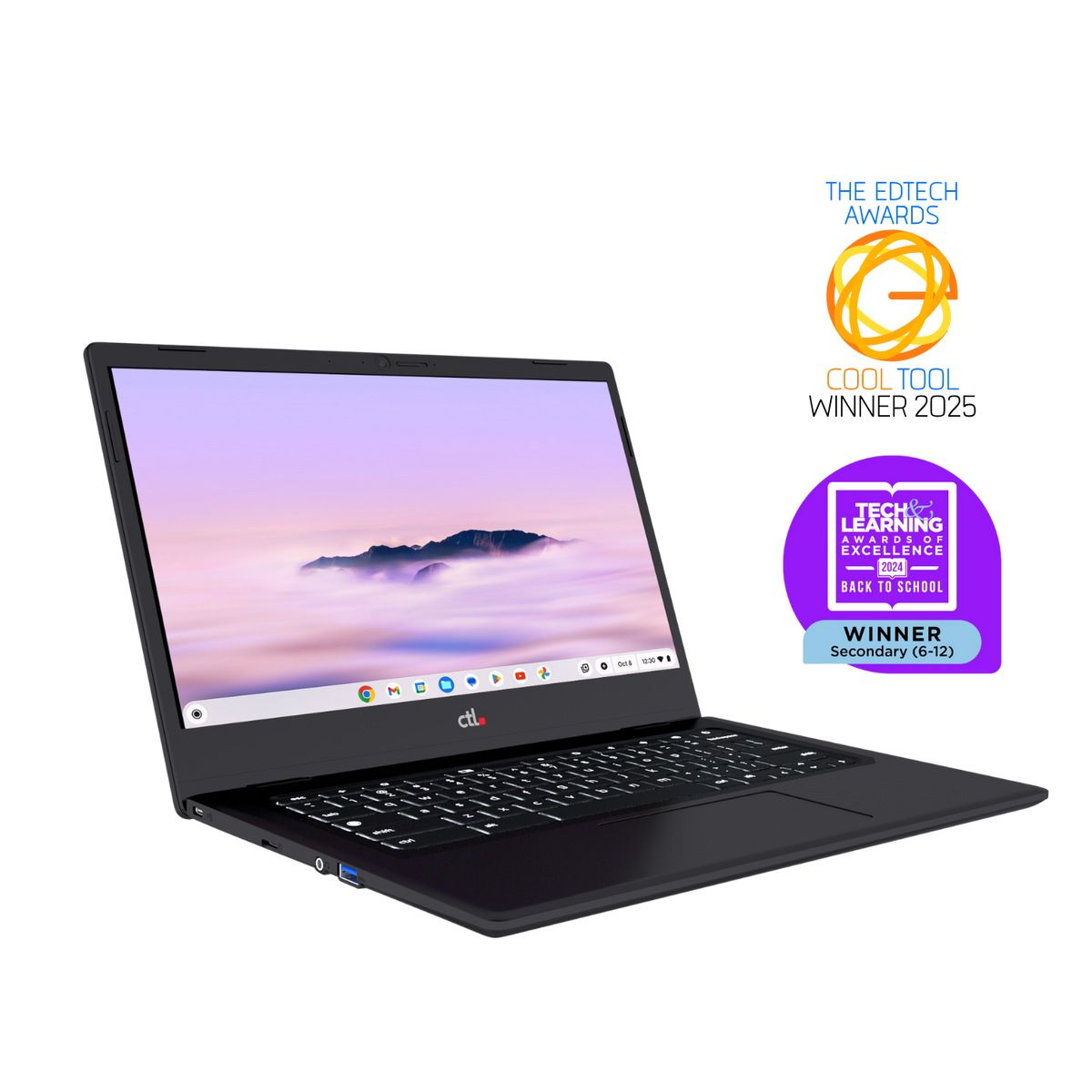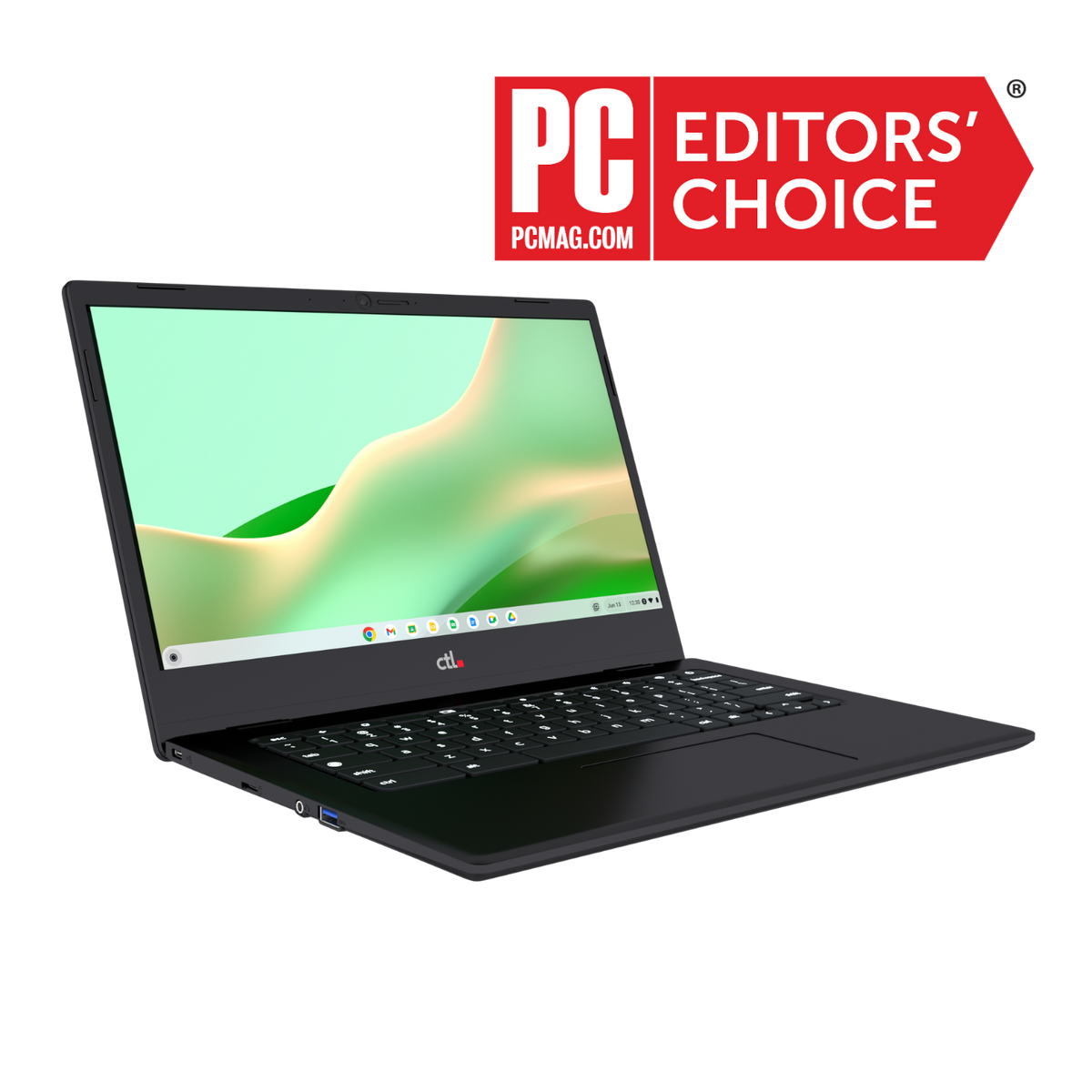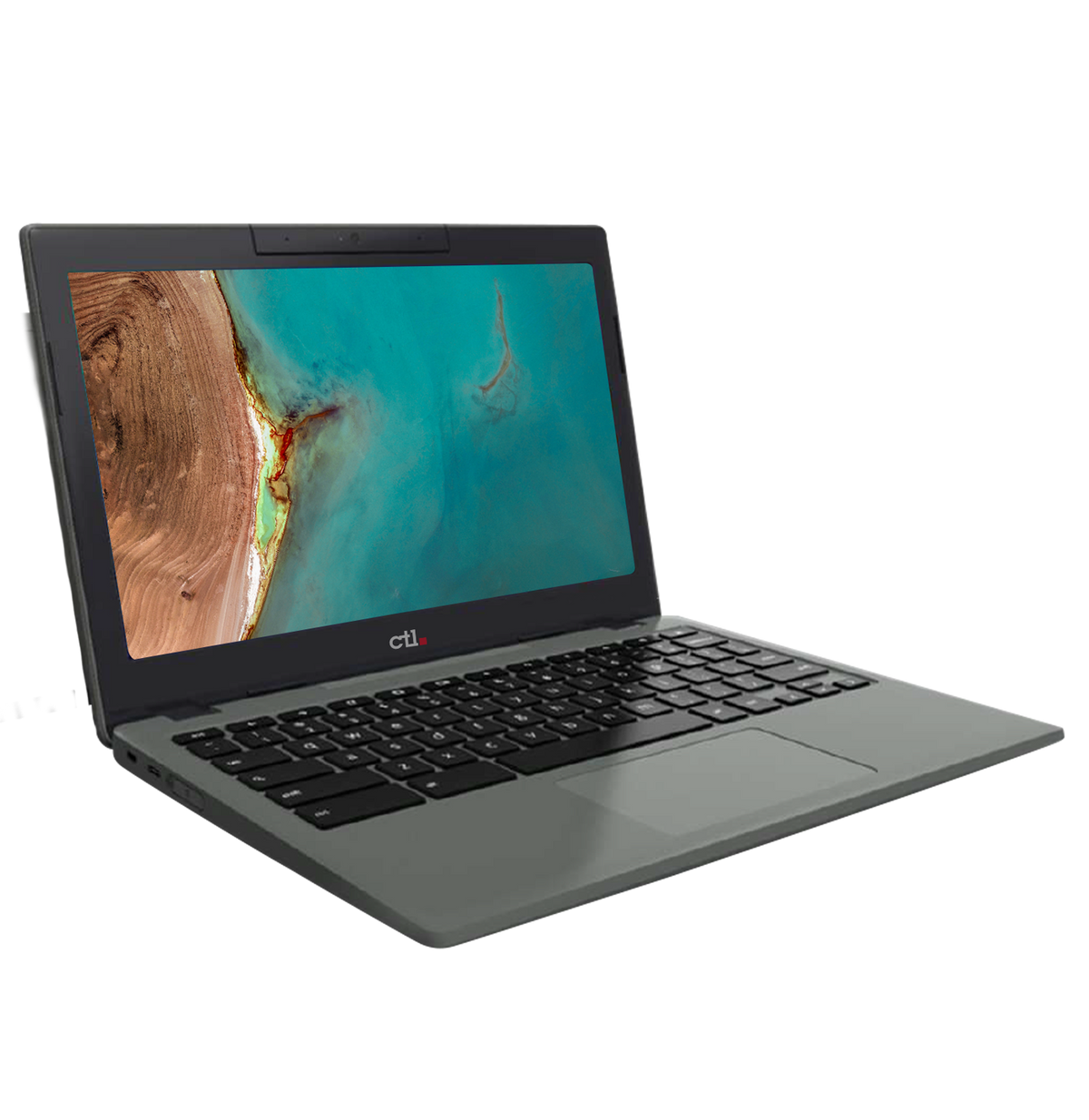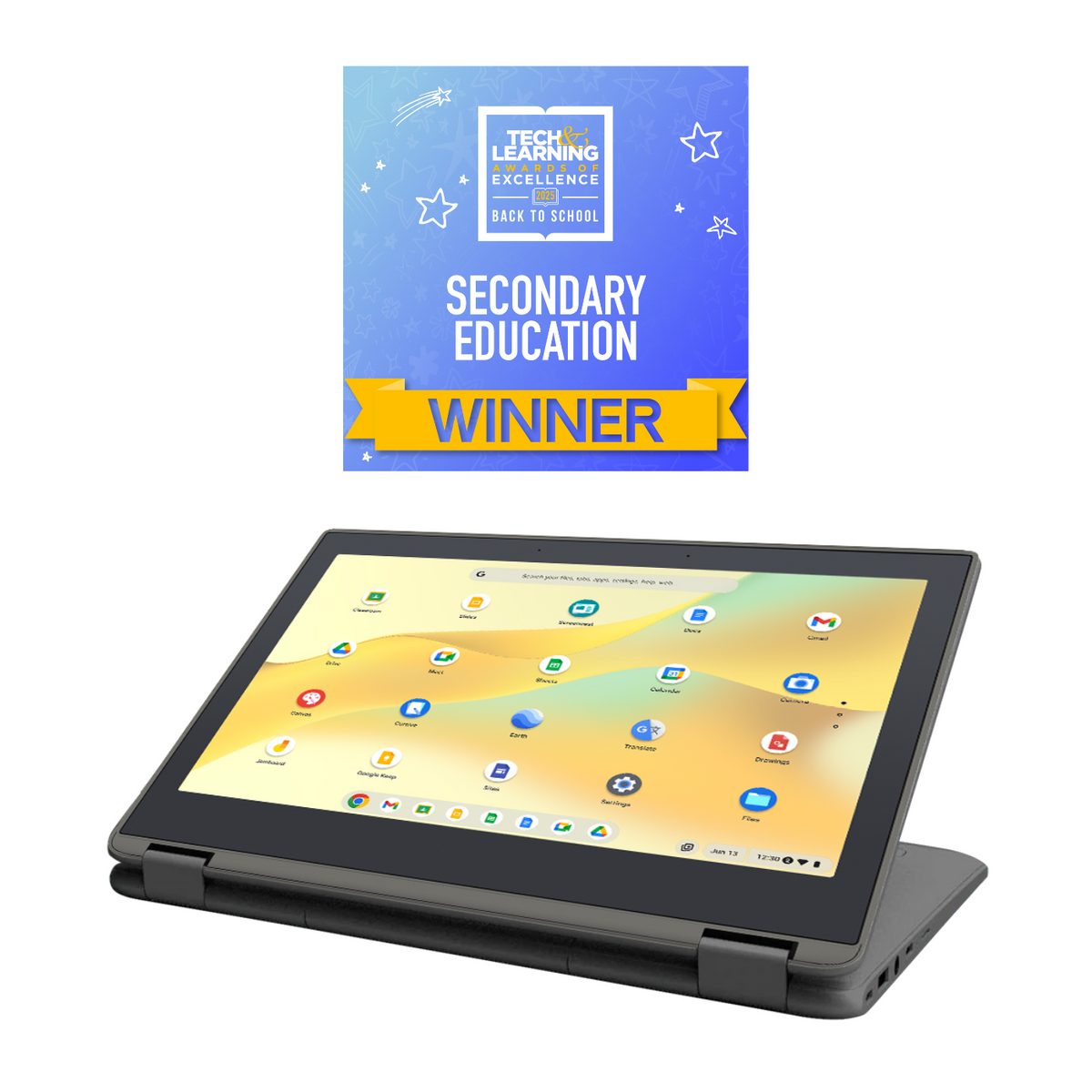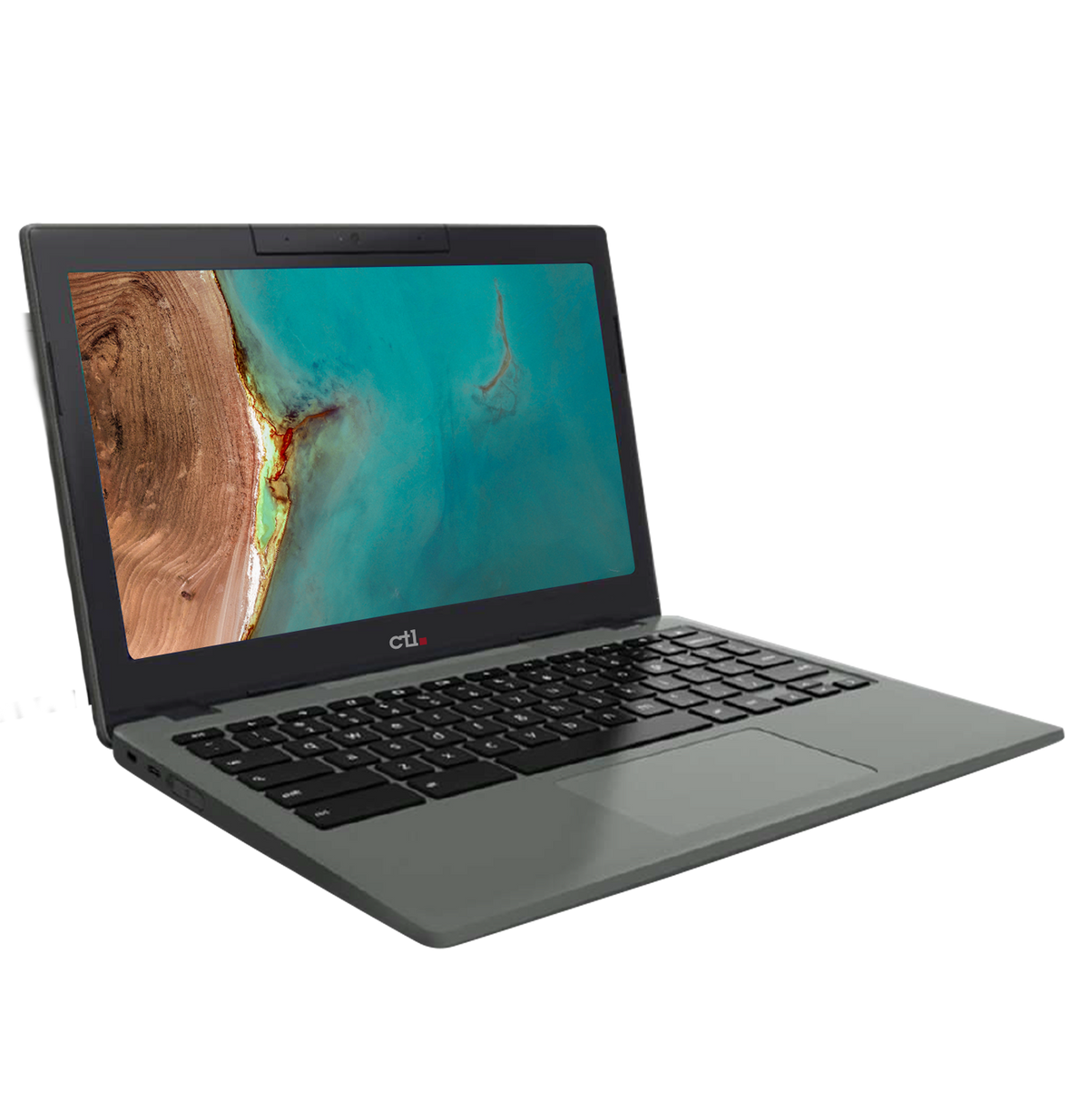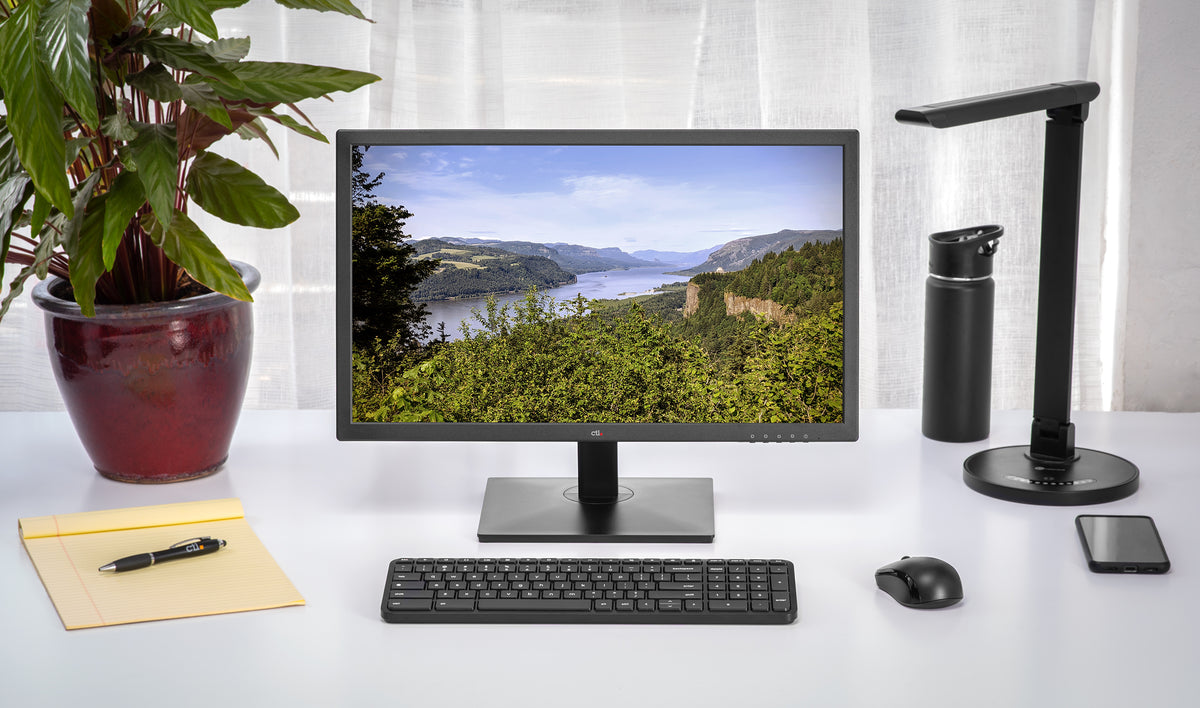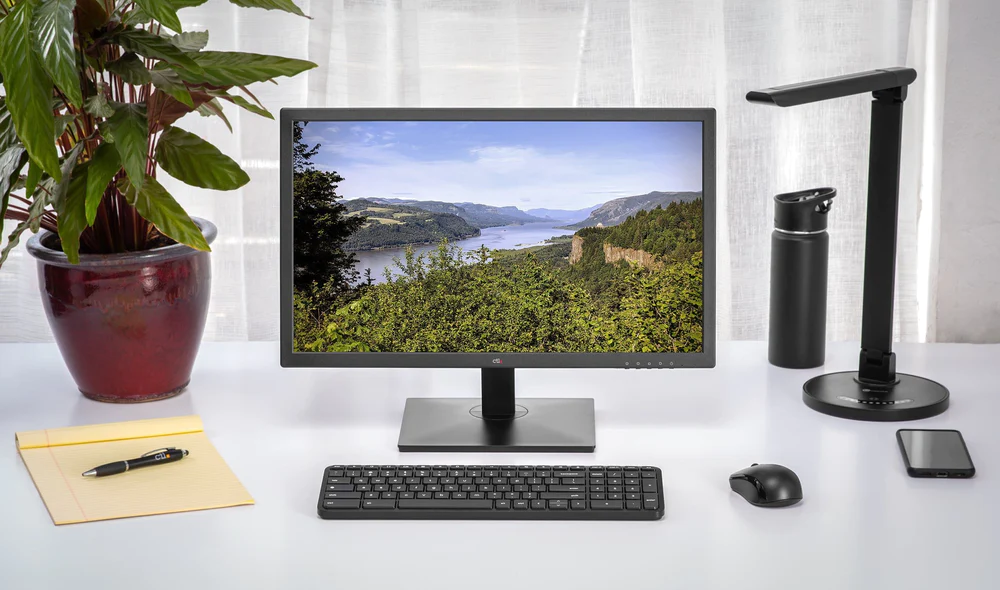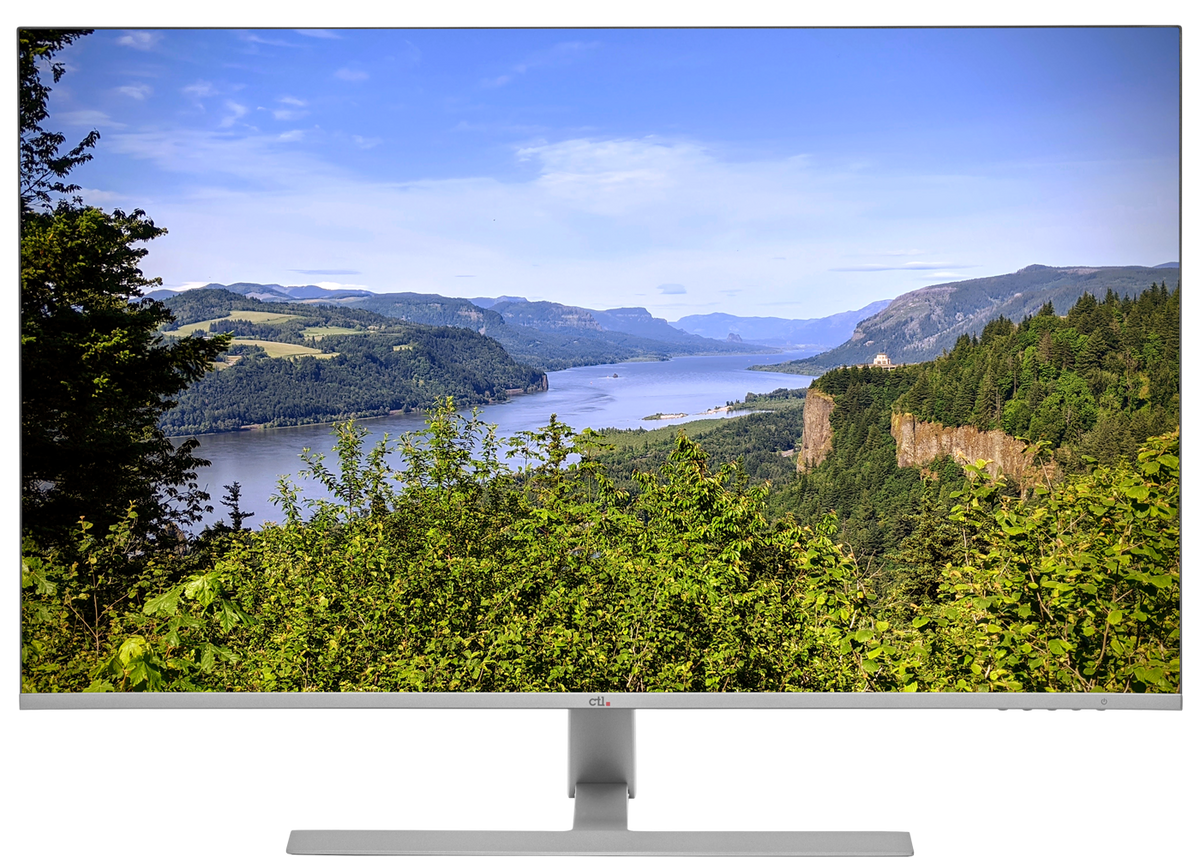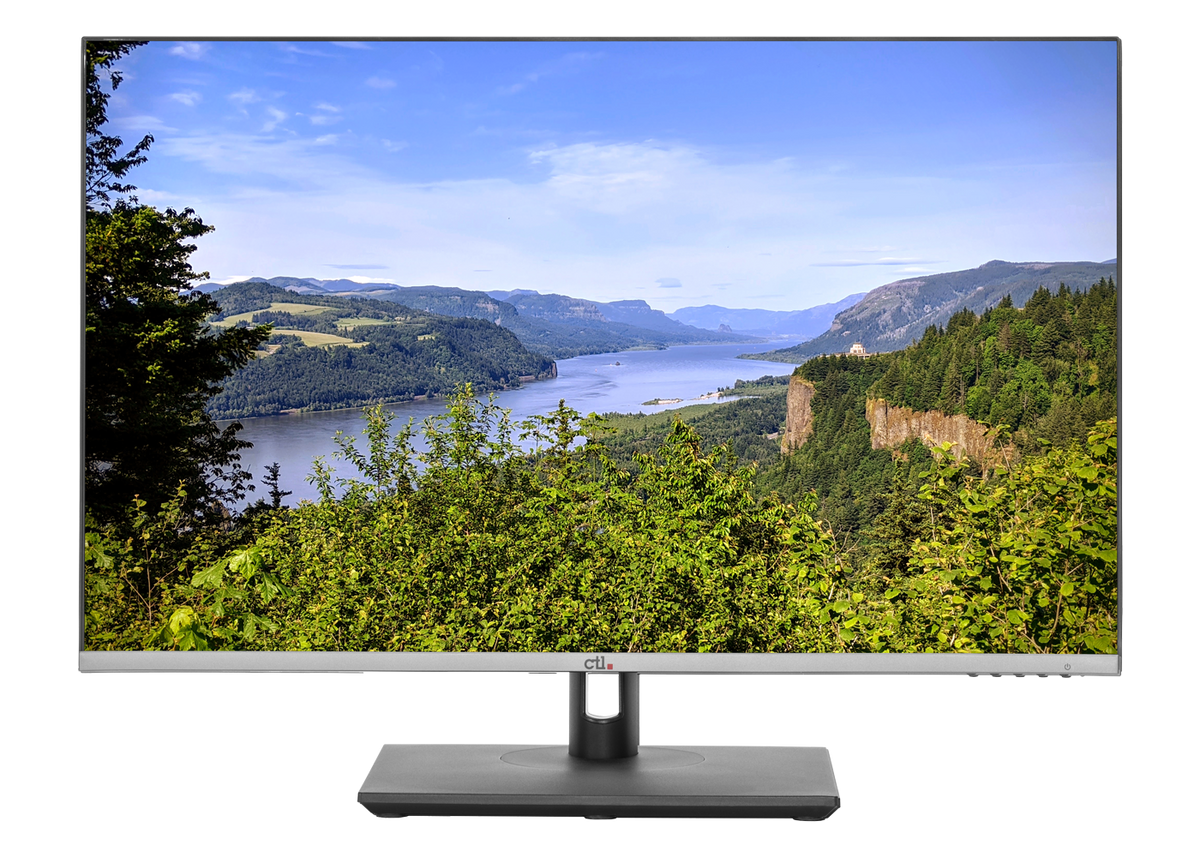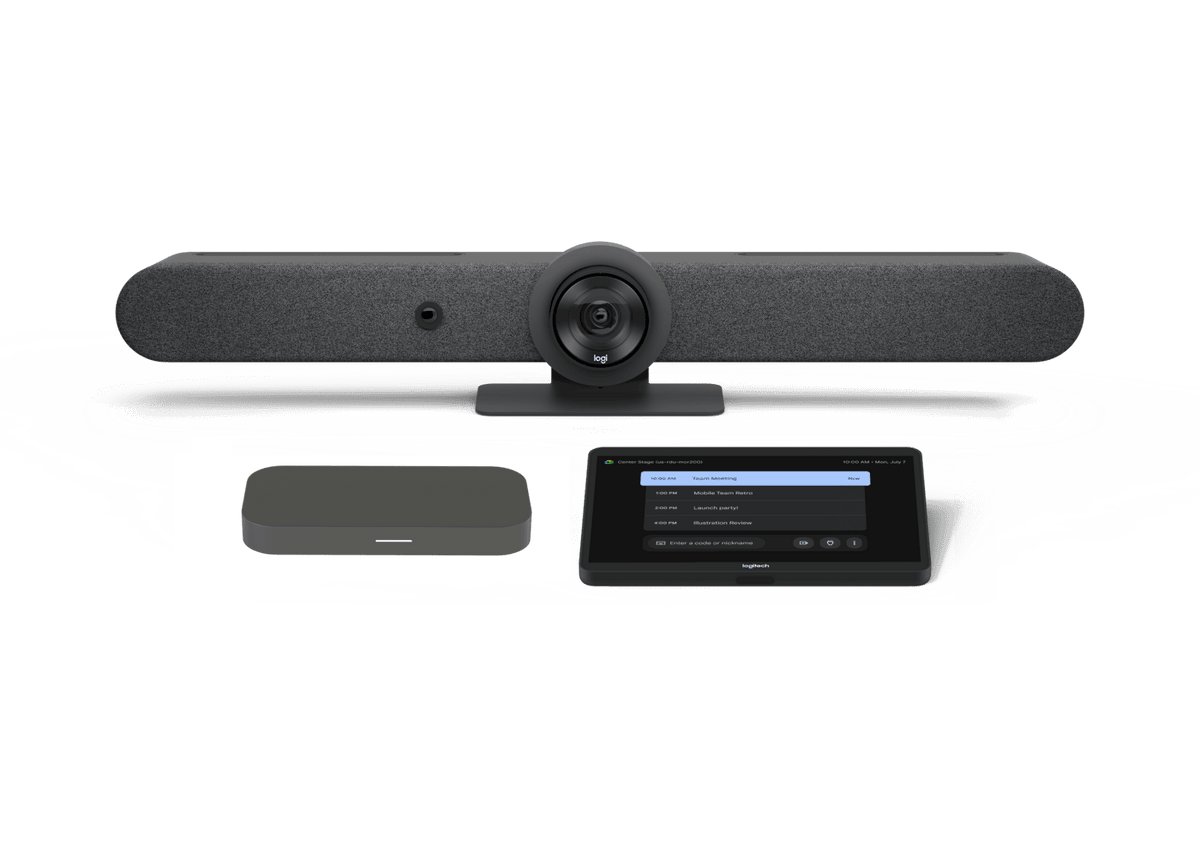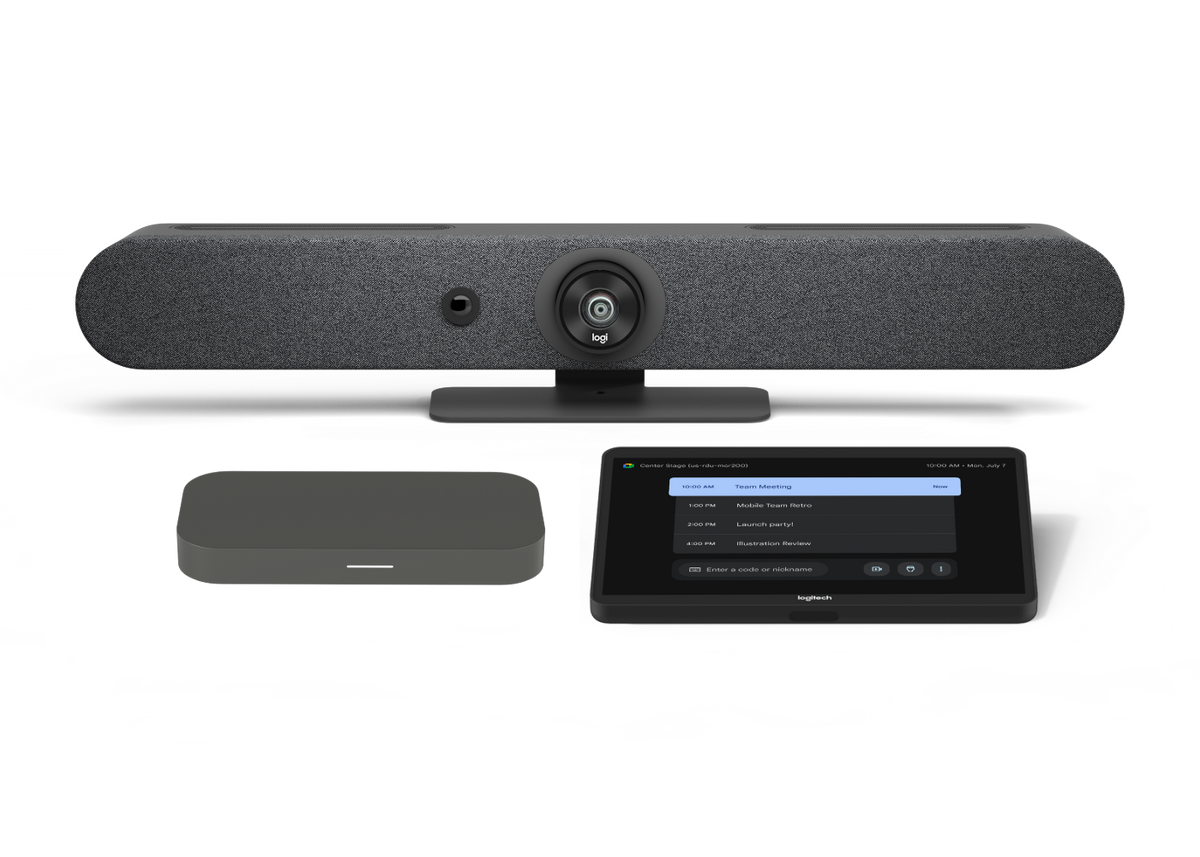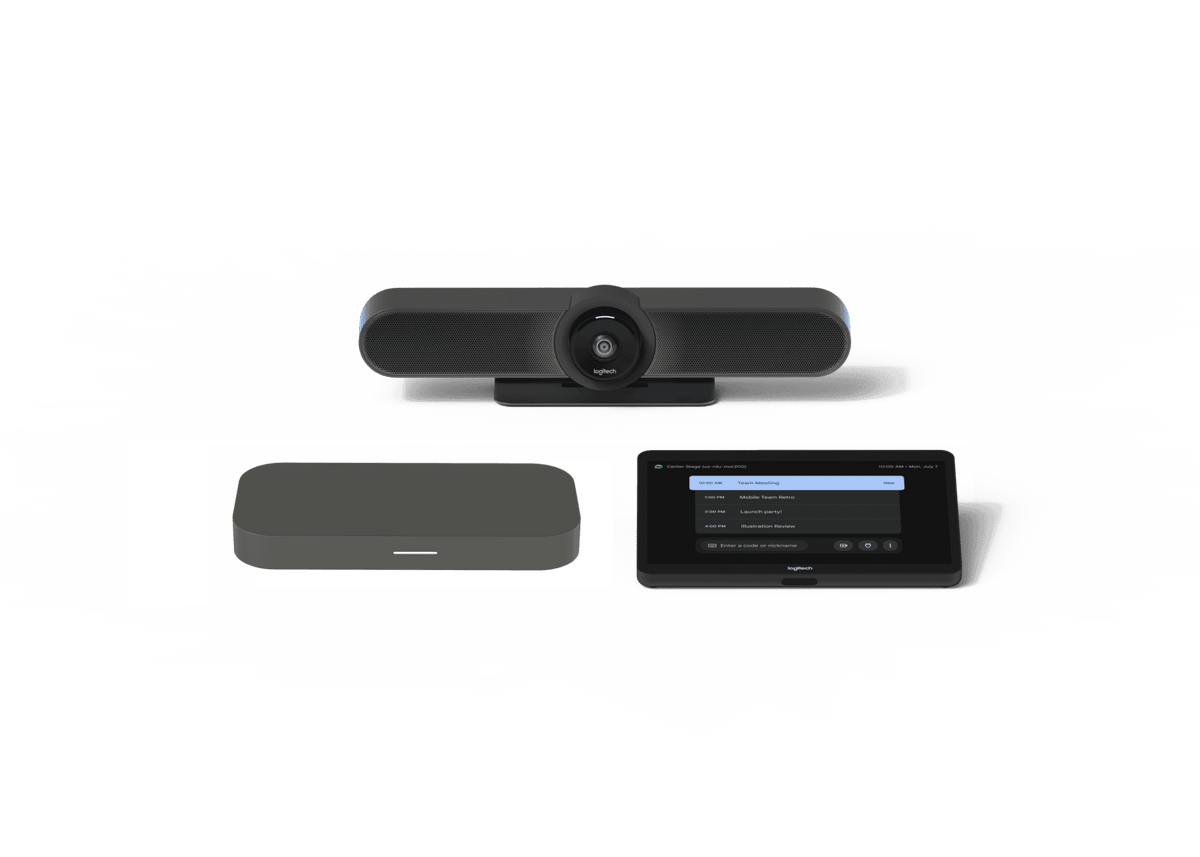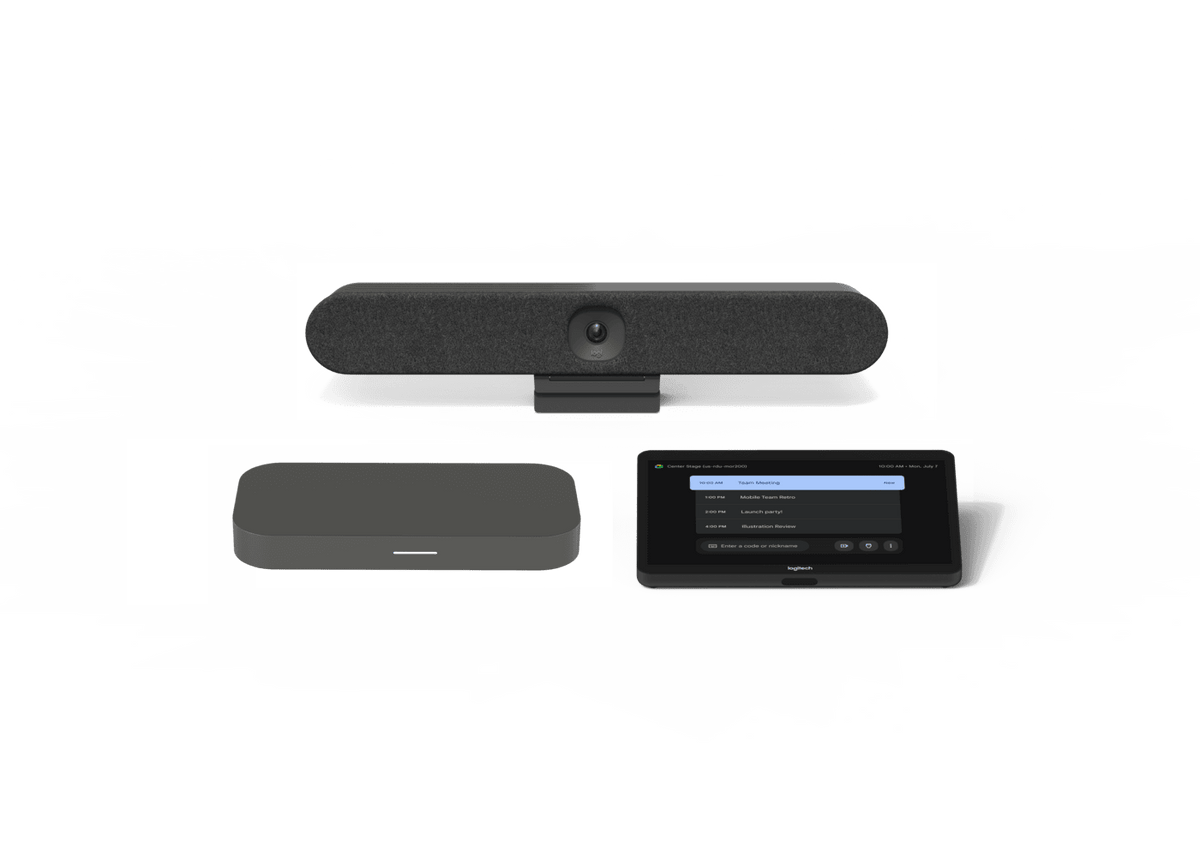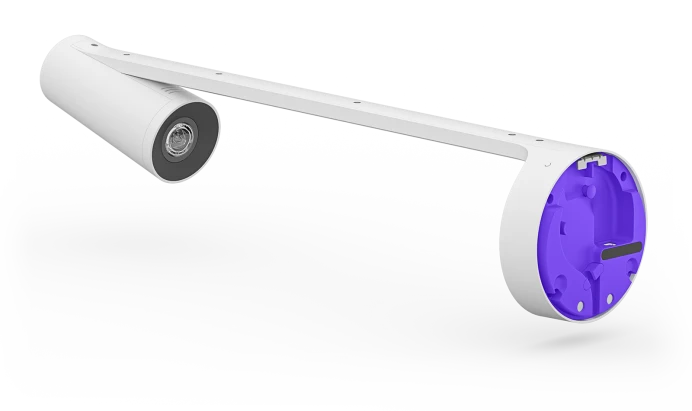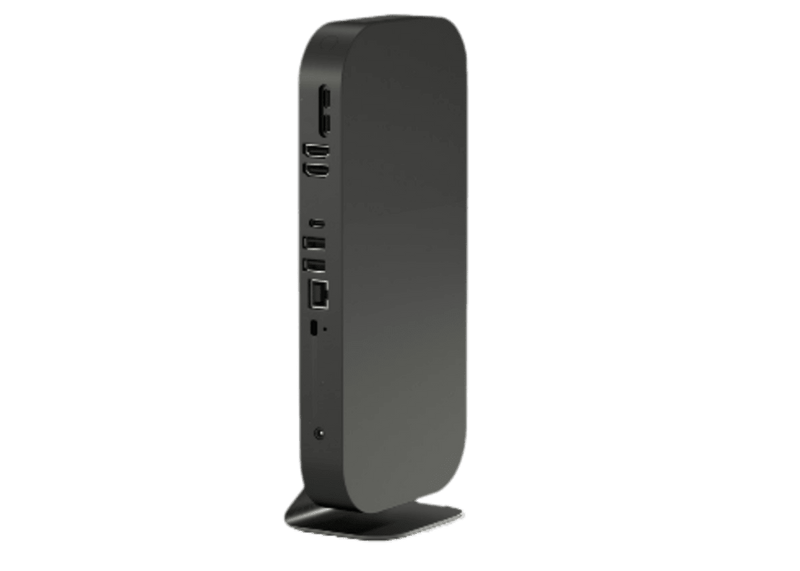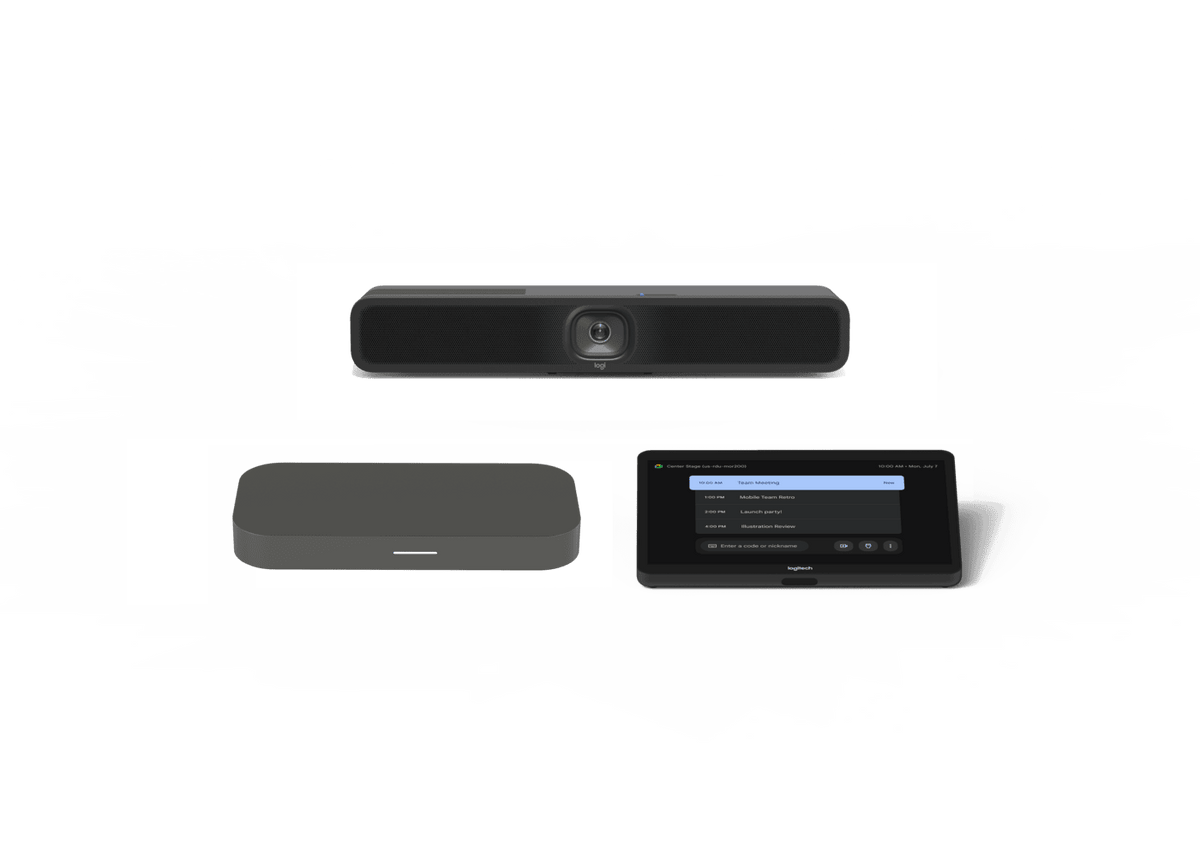CTL has published an eBook titled Mastering 1:1 Chromebook Deployments in 2024-25. Below is Chapter 2. The entire eBook can be downloaded here.
Choosing the Right Chromebook Hardware
Navigating the world of educational technology can feel like a budgetary tightrope walk. Striking the balance between affordability and functionality is crucial, especially for schools grappling with limited resources. Chromebooks offer a powerful, cost-effective solution that empowers learning without breaking the bank. We’ll guide you through choosing the right Chromebook hardware for your school’s diverse needs, exploring several key considerations.
Budget. This is most often the biggest question: how much can you buy with the budget you have? We suggest you consider all of the costs of a Chromebook program to ensure you’re planning for the entire lifetime of the program. In a typical IT environment, 20% of the budget is spent on new devices, 20% on configuration and set-up, and then 60% on maintenance, repair, updates, and other activities that may require downtime. Ensure you look past that initial purchase price to see what you’re actually getting. Are you receiving free zero-touch enrollment configuration services, for example? What kind of service plan are you buying with that? What downstream expenses should you anticipate?
Performance requirements. Does your curriculum involve multimedia editing, STEM activities, or specialized software? Match device capabilities to specific needs. Some students may do fine with 4 GB of RAM and 32 GB of memory, while others may require higher RAM and memory. A previous-generation processor may be fine for younger students, while high-schoolers may require the latest Intel chipset for advanced applications that are aided by AI.
Type of Chromebooks needed. You’ll probably need Chromebooks for different grades and different use cases. Are Chromebooks for shared use in labs or individual devices for a 1:1 program? Shared environments might allow for lower-cost options, while 1:1 programs require greater durability and manageability. Consider the differences between new Chromebooks, or if, for some use cases, refurbished equipment will satisfy the need. Considerations can include:
- Student processing levels required - advanced, intermediate, low
- Device use cases - 1:1 daily use, occasional library use, loaners, spares, summer school, test centers, and other scenarios
- Expected lifetime of device use - a few years, up to 10 years
Durability. Younger students require rugged devices with spillproof keyboards and shockproof designs, while high schoolers might benefit from higher-performance models for demanding applications. Ensure you look for:
- Testing to MIL-STD-810H standards for shock, vibration, and other rugged performance indicators
- Spill-resistant keyboards and track pads
- Ease and cost of repairability of common points of breakage, such as individual keys or screens
- Easy tech support and repair videos for your purchased model from the OEM
I/O requirements. Check the ports to ensure the device not only offers what you need, but is built for what may happen to it in the future. As an example, some manufacturers have gone to a single USB-C charging port. While this lowers the overall device cost, if a student breaks it, the whole motherboard will need replacing at a high cost per device. With 2 USB-C charging ports – on a mother and daughter board – you can keep the device running if one of the ports is broken by a student.
Screen size. This may sound obvious, but match your screen size to your use case. Younger students may do fine with an 11.6” device, while your high-schoolers and teachers may need a 14” screen size model.
Connectivity needs. Chromebooks make the most of cloud computing, but it all depends on the strength and reliability of the connectivity system. Do you have reliable Wi-Fi coverage across the school? Are you moving to a private wireless network to ensure all students can access the network from wherever they are? Select models incorporating the improvements of Wi-Fi 6E to ensure enough user bandwidth. Or, explore LTE-enabled Chromebooks for off-site or away-from-network access.
As with any technology, it’s important to keep an eye on trends. Ensure you understand what’s coming with 5G connectivity in private wireless networks, and technologies like CBRS. CTL posts on these topics frequently, so feel free to follow us on social media for the latest updates.

Warranty and service options. These plans are the unsung heroes of Chromebook hardware purchasing. Due to the time and cost models of any Chromebooks that might need servicing, ensure your investments are protected with a solid warranty and service plan from the OEM manufacturer. Third parties may offer these but buyer beware – they can require lengthy turnaround times with non-original parts and even charge deductibles. Many manufacturers offer extended warranties as well as bundled Google licensing, premium battery replacement plans, and accidental damage repair plans. Work with your OEM to put together a plan that works best for your use case and budget.
Making informed choices. Choosing the right Chromebook hardware doesn’t have to be a daunting task. By understanding your needs, creating your TCO model, and optimizing your investments by use case, you can empower your school with technology that fosters learning and is cost-effective.

To access our entire eBook titled Mastering 1:1 Chromebook Deployments in 2024-25, go here.


